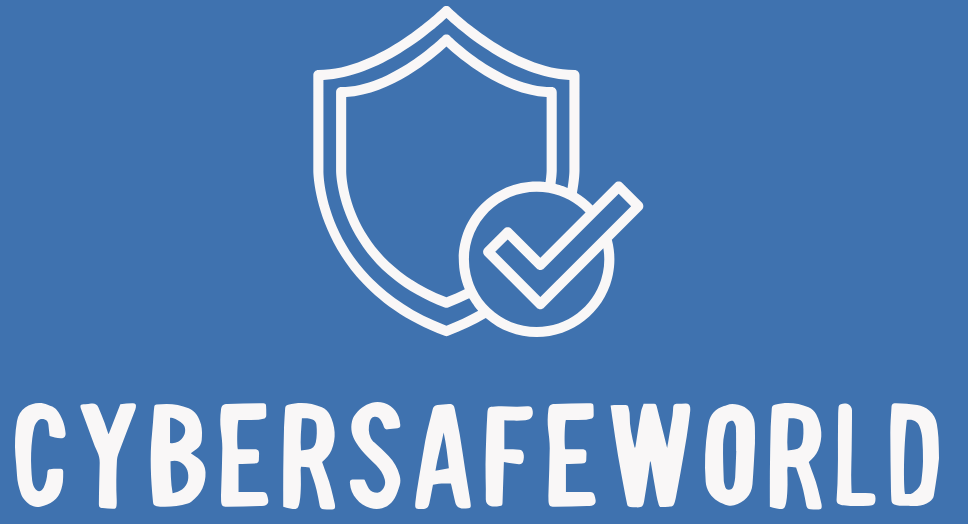Shopping online is incredibly convenient — you can buy clothes, electronics, or groceries without even leaving your couch. But as online shopping becomes more popular, it’s also become a favorite hunting ground for scammers. Fake websites, sketchy ads, and data-stealing payment forms are everywhere. Knowing how to spot them can save you money, time, and stress.
According to the FBI’s Internet Crime Complaint Center, online shopping scams were among the top three most reported cybercrimes in 2023, costing consumers over $500 million. That means this isn’t just a small problem — it’s happening to people every single day.
So how do you shop safely online? Let’s break it down.
1. Stick to trusted websites.
When possible, shop from well-known retailers or verified sellers. If you’re buying from a smaller business, double-check the website’s URL (make sure it starts with “https://” — the “s” stands for secure) and look for customer reviews. Avoid sites that have odd domain names, too many pop-ups, or prices that seem unrealistically low.
2. Be cautious of deals that look “too good to be true.”
If a website is offering a $1,000 laptop for $100, it’s probably a scam. Cybercriminals use fake sales to lure people into entering their credit card details. When in doubt, compare prices across multiple legitimate sites before buying.
3. Use secure payment methods.
Always use credit cards or payment services like PayPal, Apple Pay, or Google Pay — never wire transfers or debit cards. Credit cards offer fraud protection, meaning you can dispute unauthorized charges. Scammers usually push for direct payments because they can’t be reversed.
4. Avoid public Wi-Fi when shopping.
Using public Wi-Fi for online shopping is risky because hackers can intercept your data. If you need to make a purchase while on the go, use your mobile data or a VPN.
5. Don’t save your card details on websites.
It might be convenient, but storing your card info online increases the risk if that site gets hacked. It’s safer to enter your payment details manually each time.
6. Watch out for fake order confirmations and shipping updates.
Scammers often send fake emails pretending to be from Amazon, UPS, or FedEx, saying there’s a problem with your delivery. Never click on links in those emails — go directly to the official site or app to check your orders.
7. Keep your devices and browsers updated.
Updates include security fixes that protect you from new types of malware and fraud attempts. An outdated browser or phone can leave you vulnerable.
Real-world example: During the 2023 holiday season, a fake website called “BestDealsNow” ran viral ads for cheap electronics on social media. Thousands of people placed orders, but no one received their products — and the site vanished weeks later. Those shoppers weren’t careless; they were tricked by a realistic-looking scam.
The best defense is awareness. Before you enter your payment info, take a few seconds to double-check the site, the deal, and the payment method.
Online shopping should feel easy — not stressful. With a few smart habits, you can enjoy the convenience without the risk.
At CyberSafeWorld, we believe cybersecurity isn’t about fear; it’s about confidence. So next time you click “Add to Cart,” shop smart, stay alert, and keep your money where it belongs — with you.
